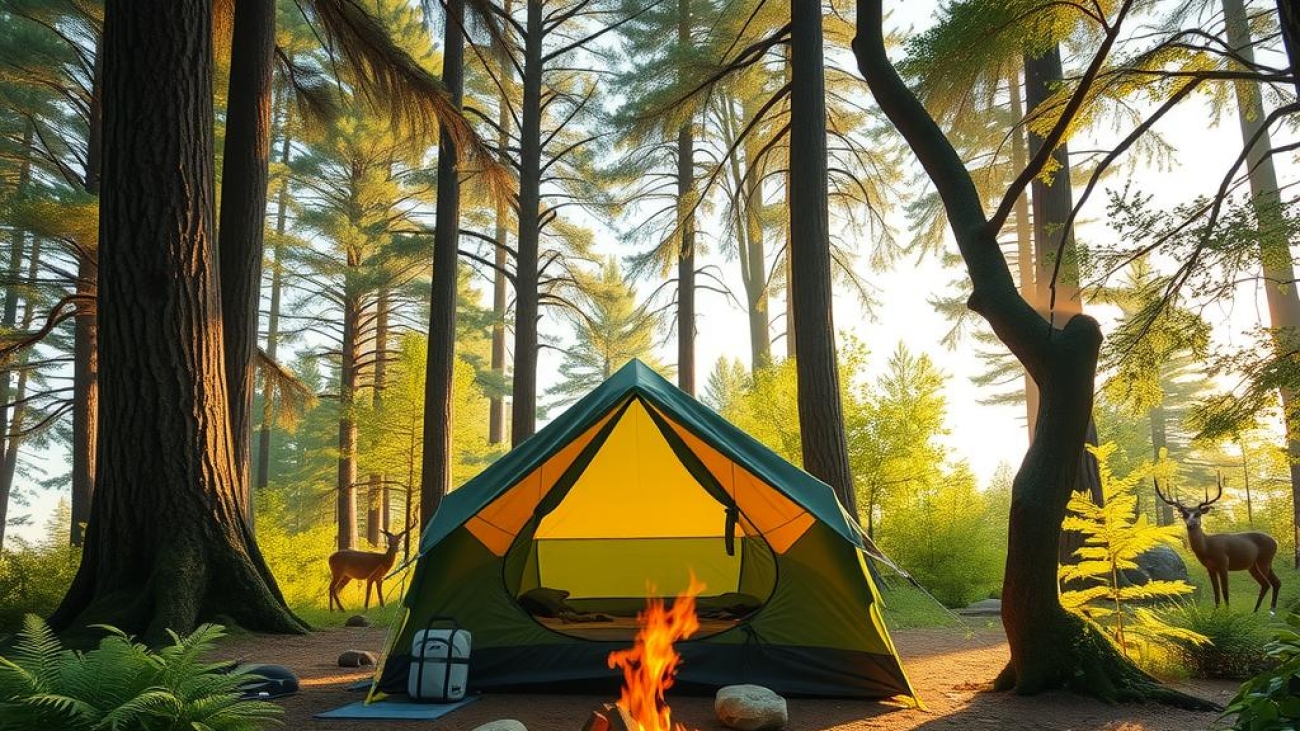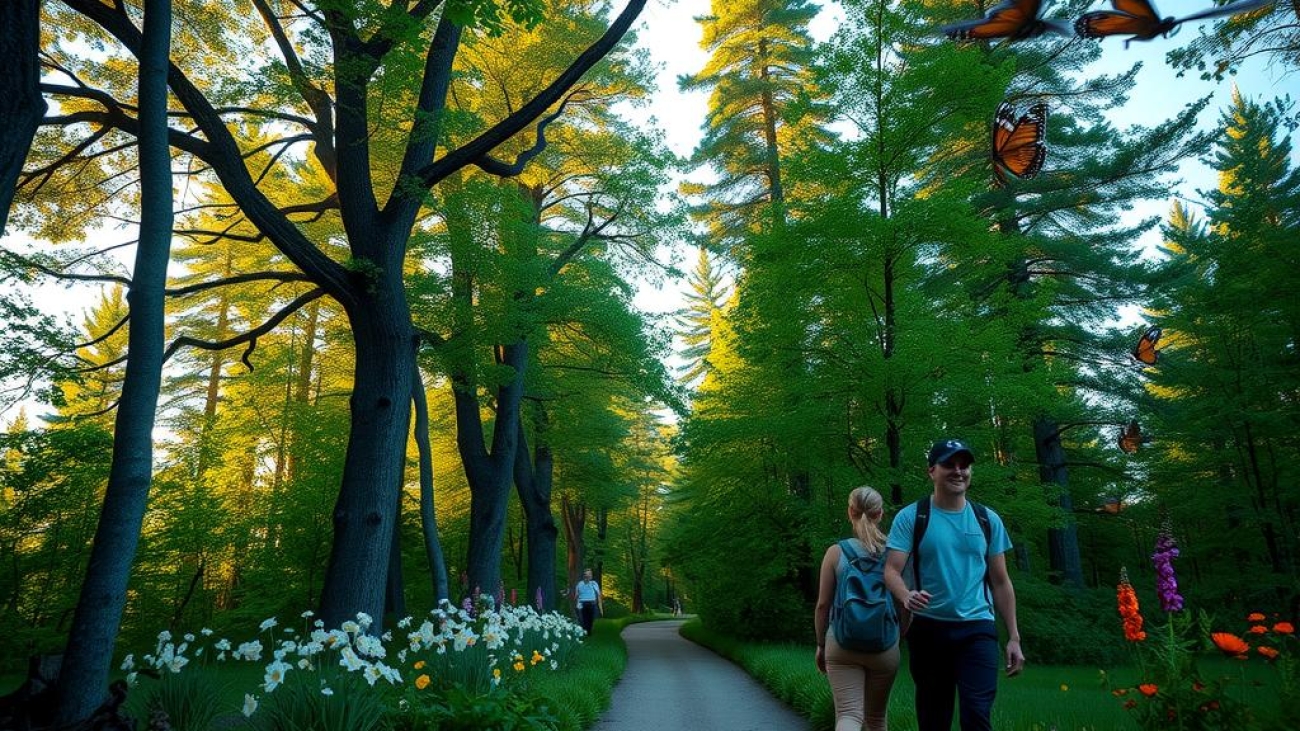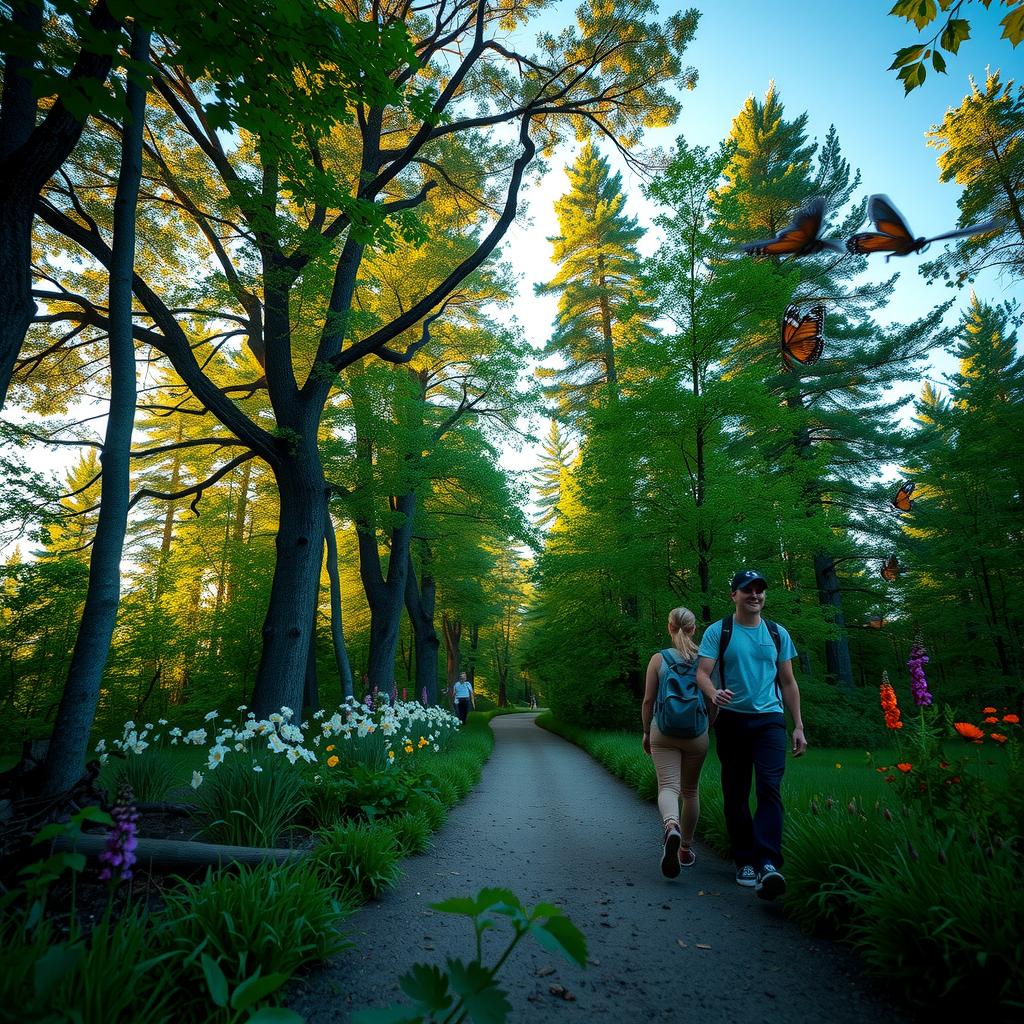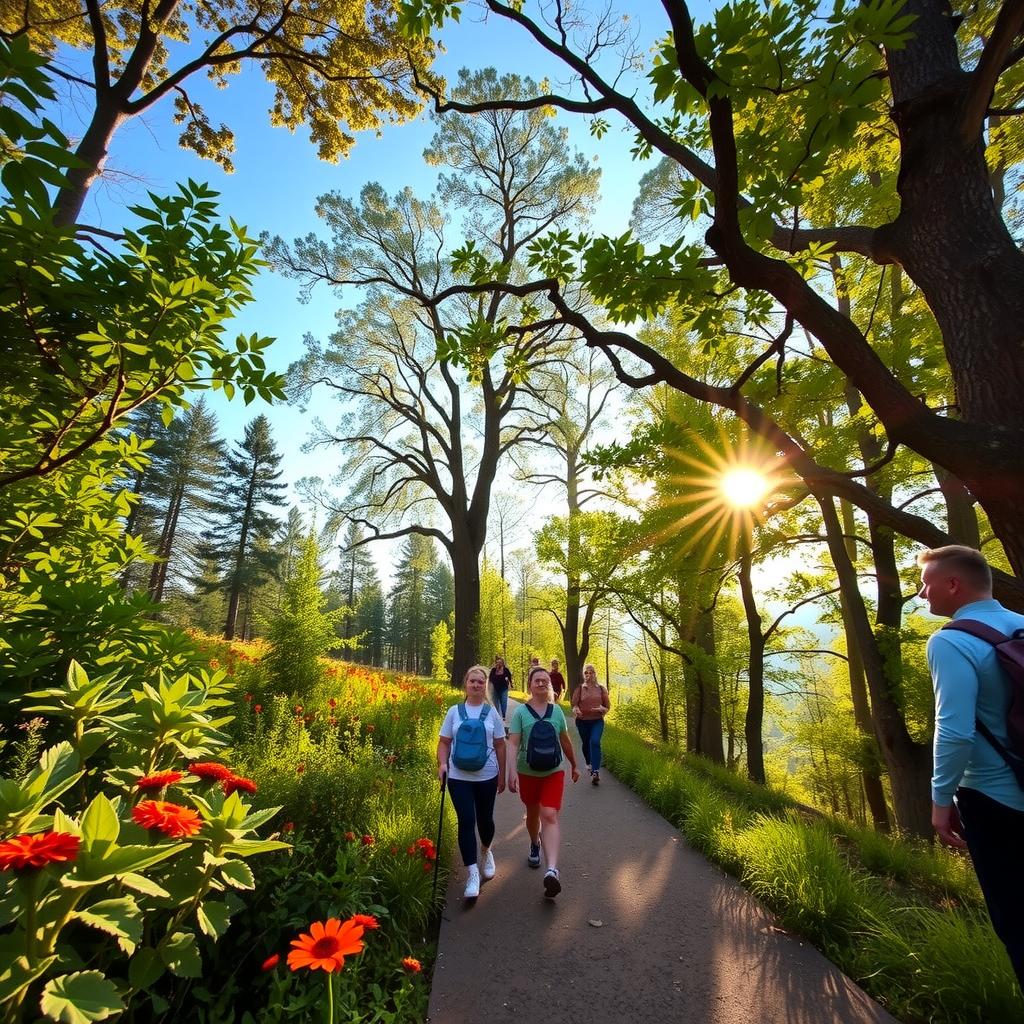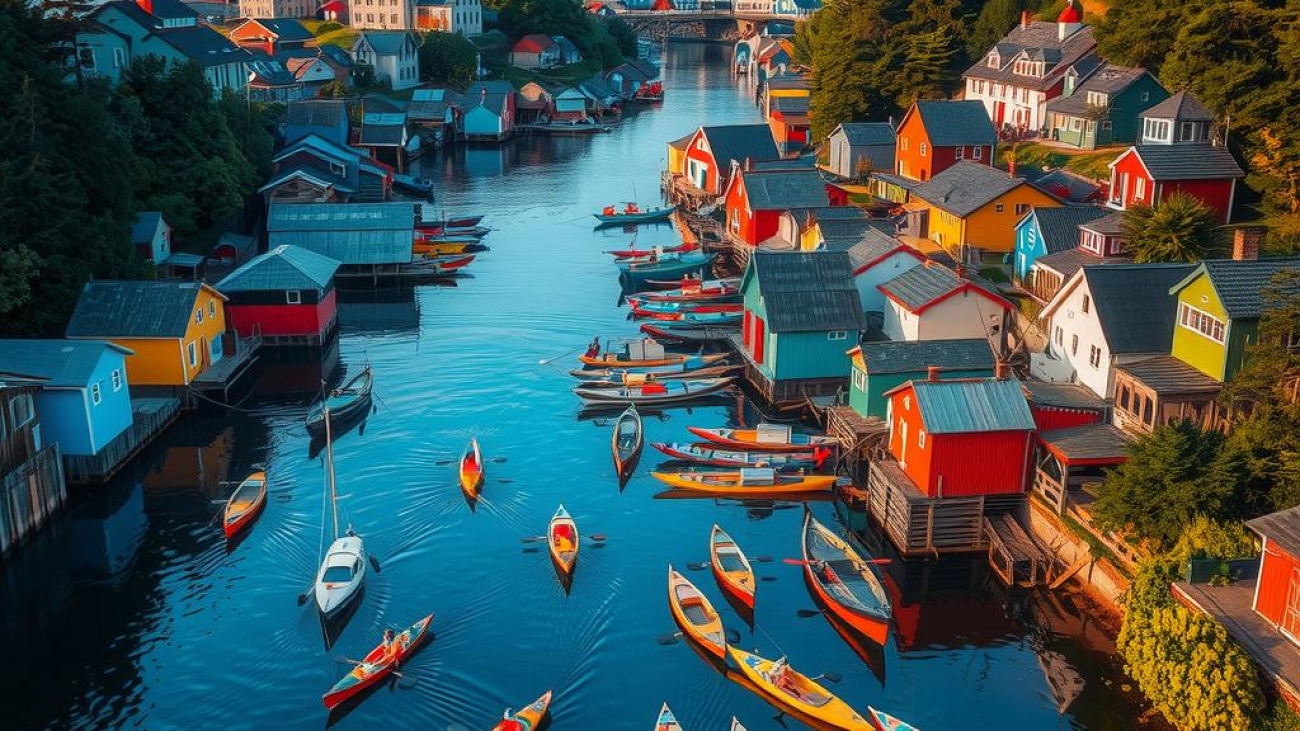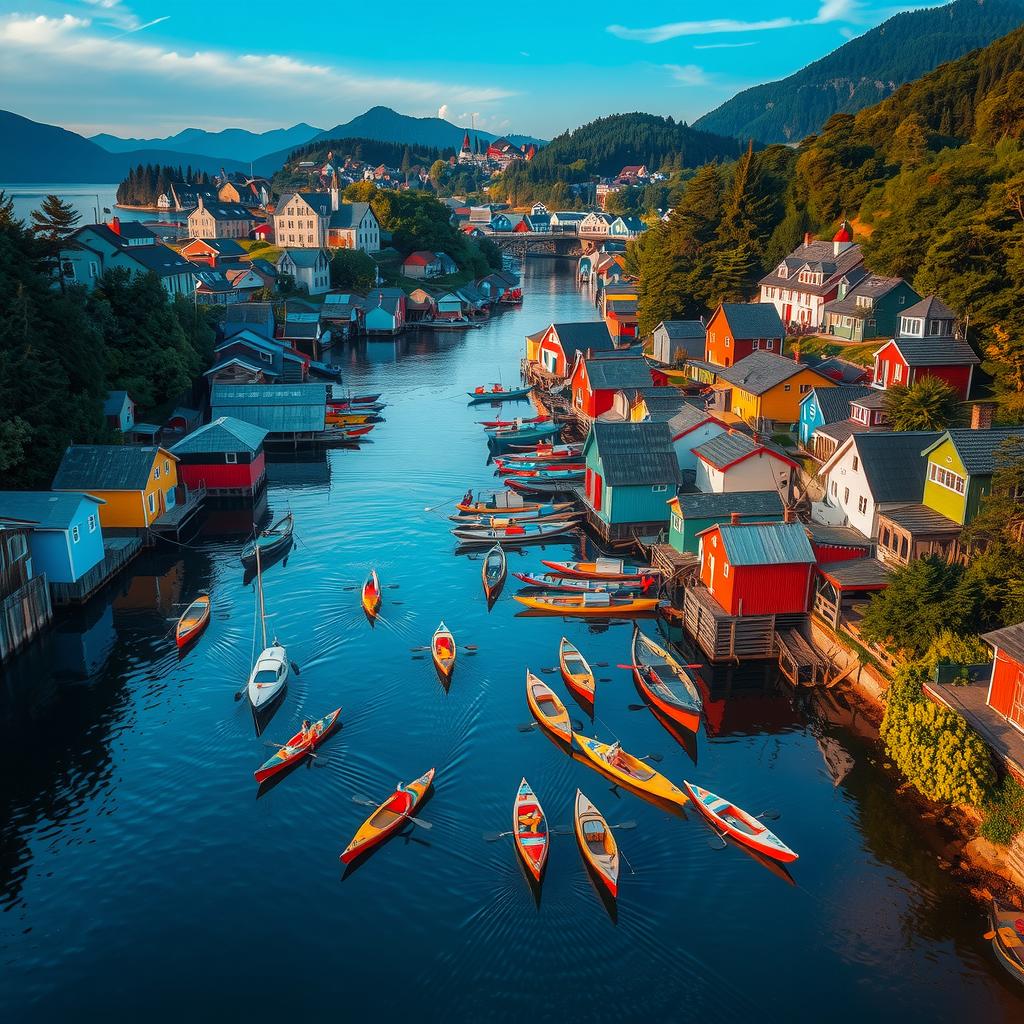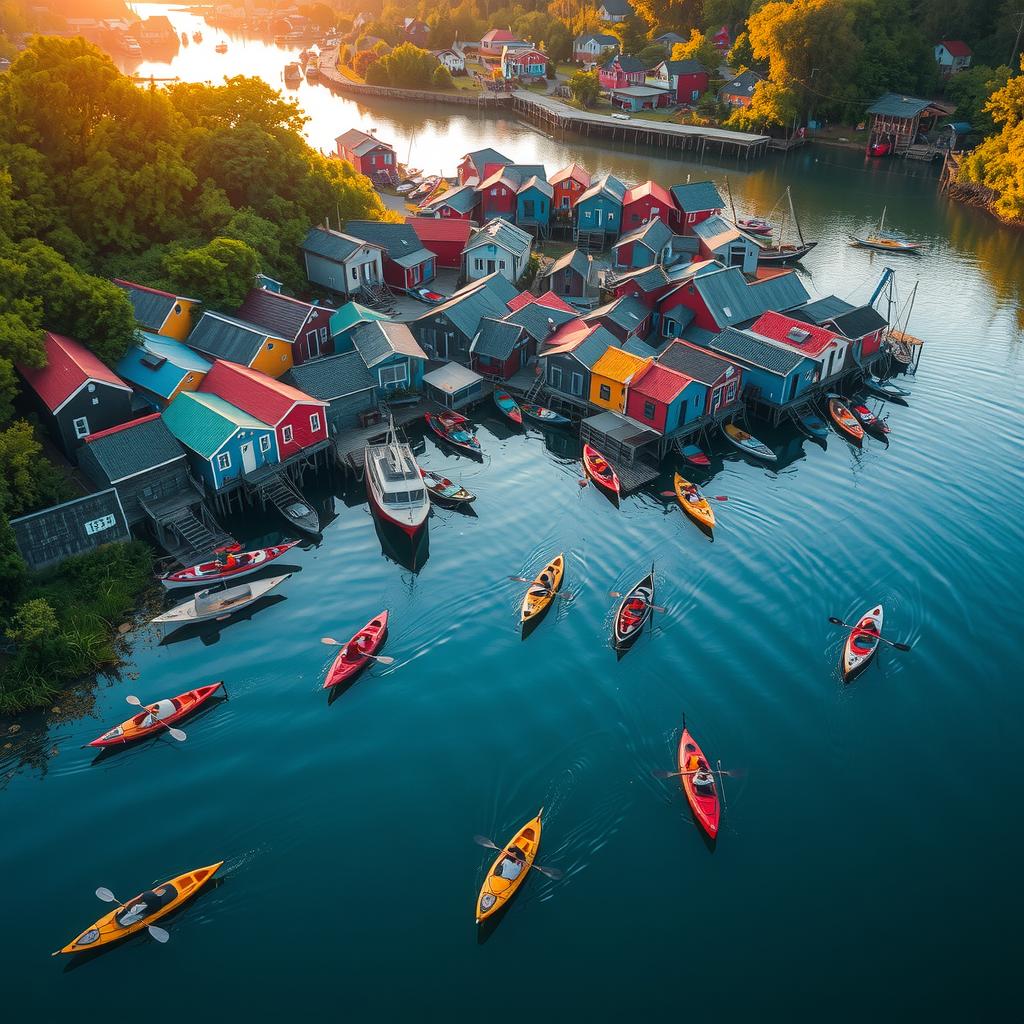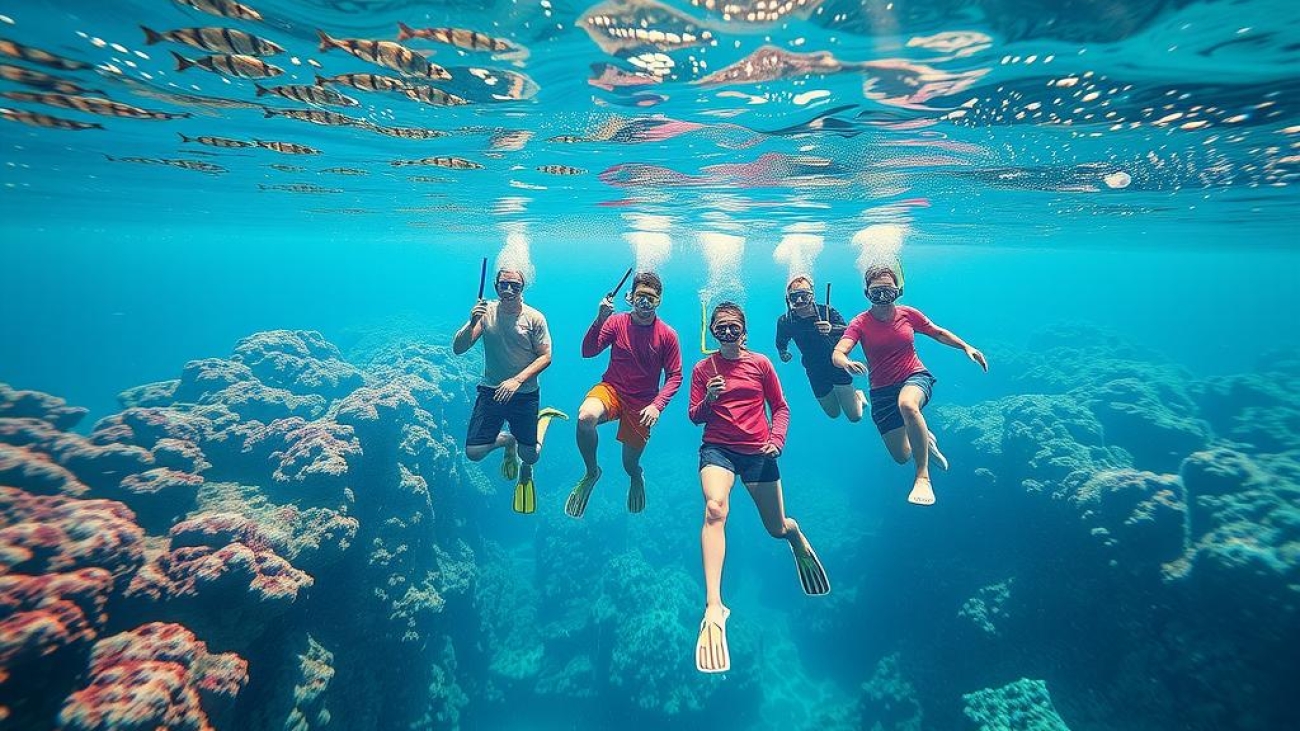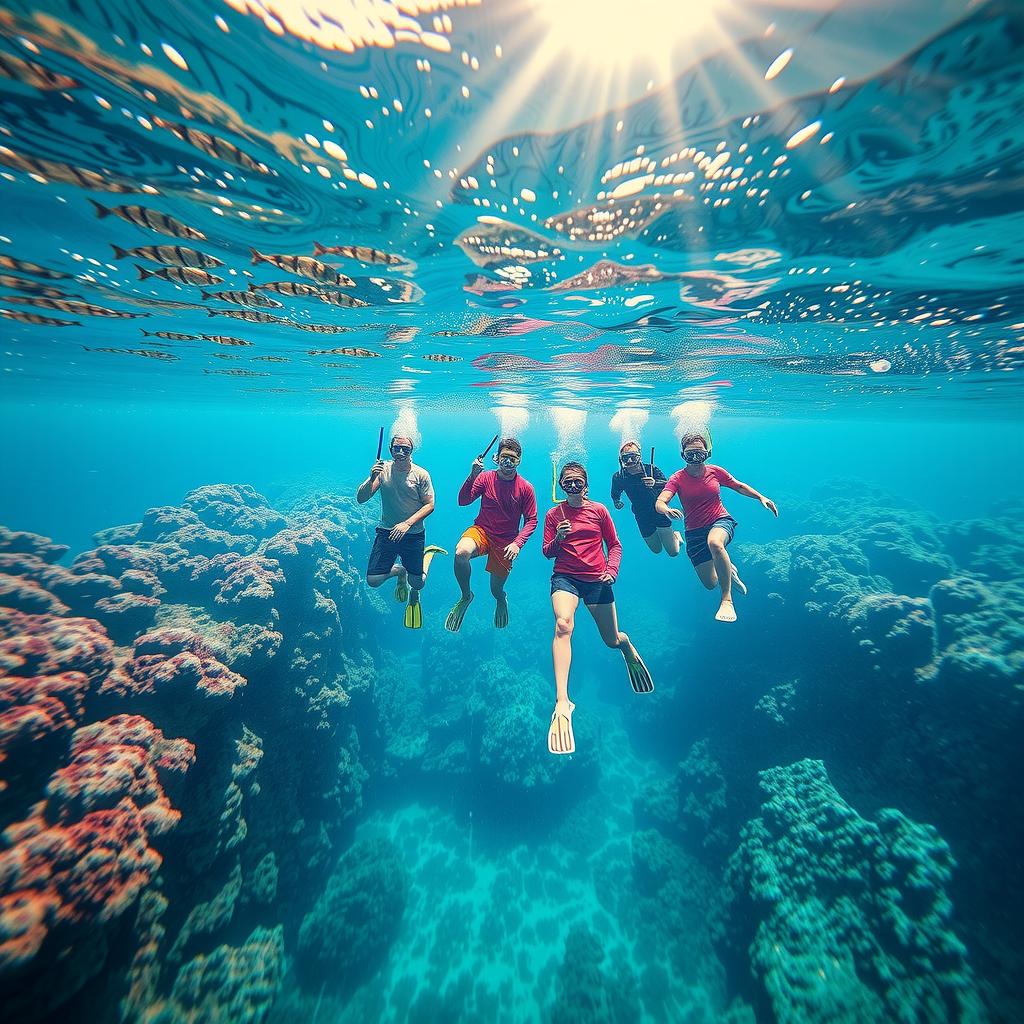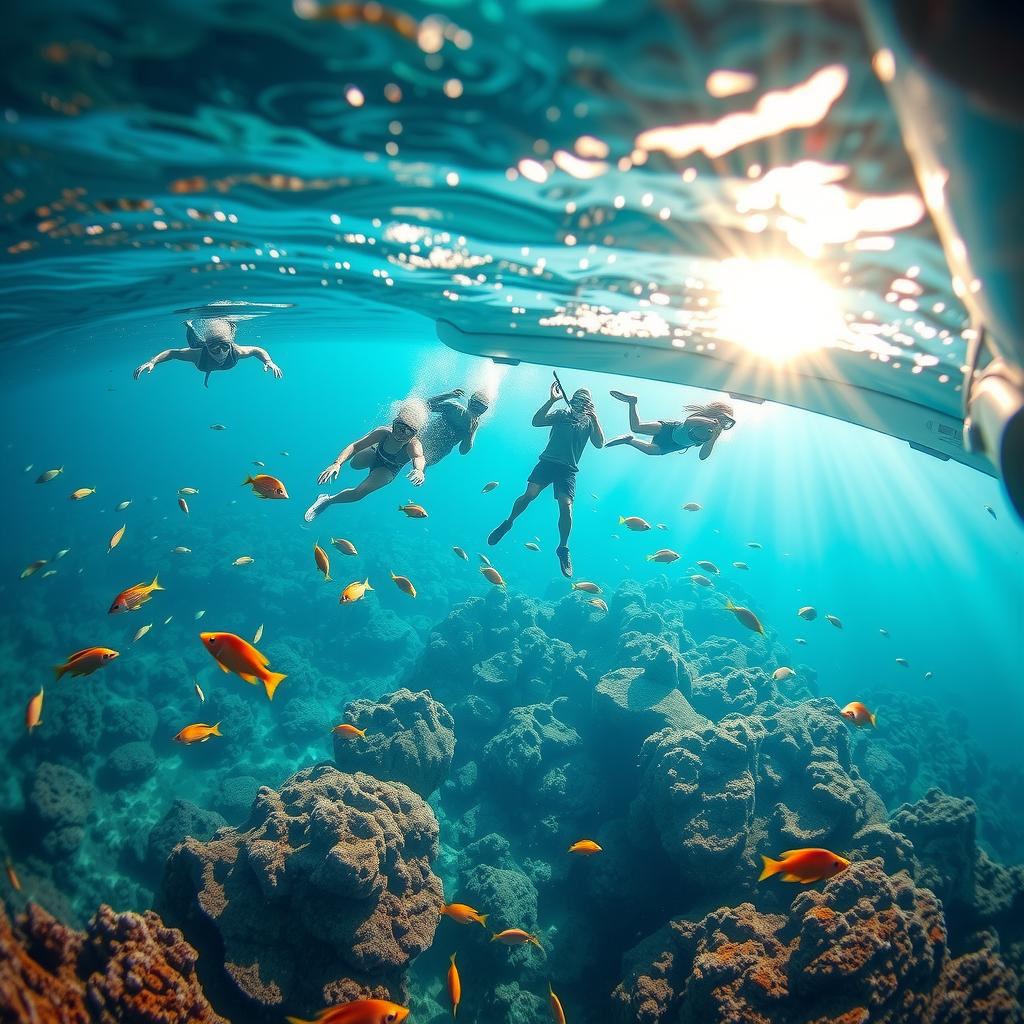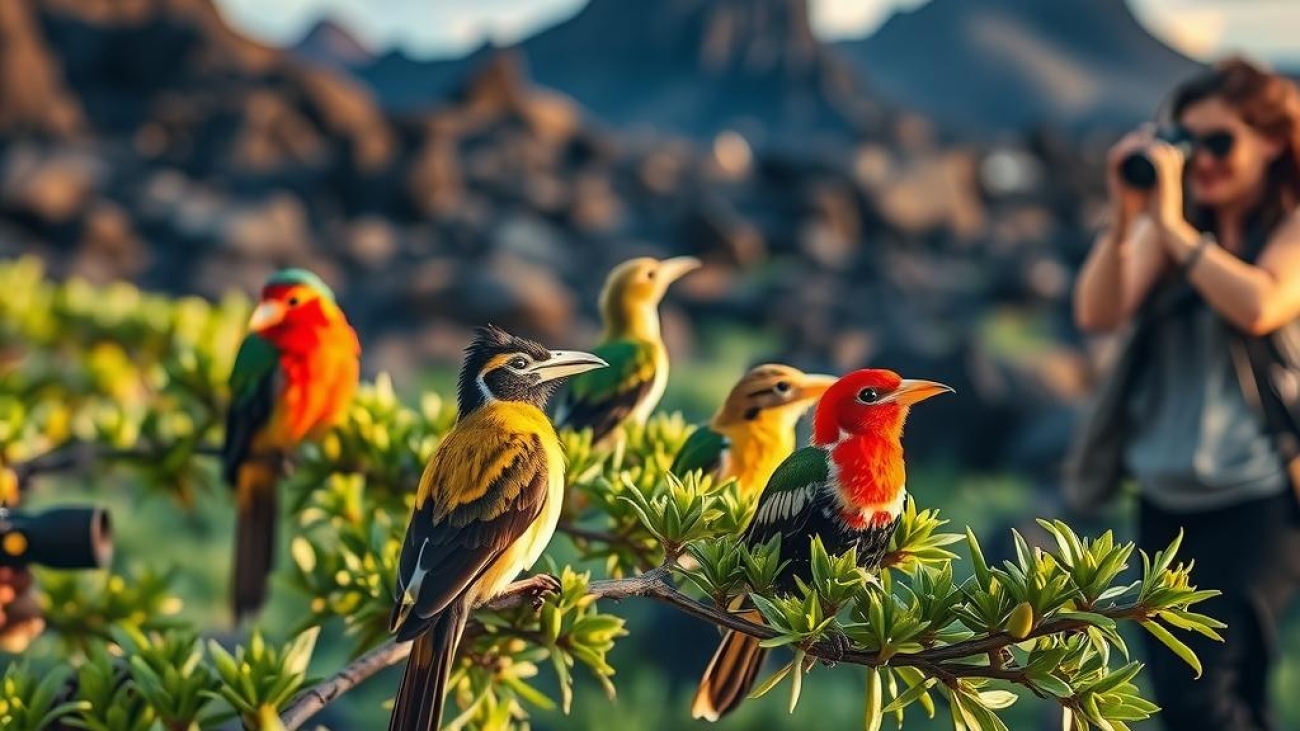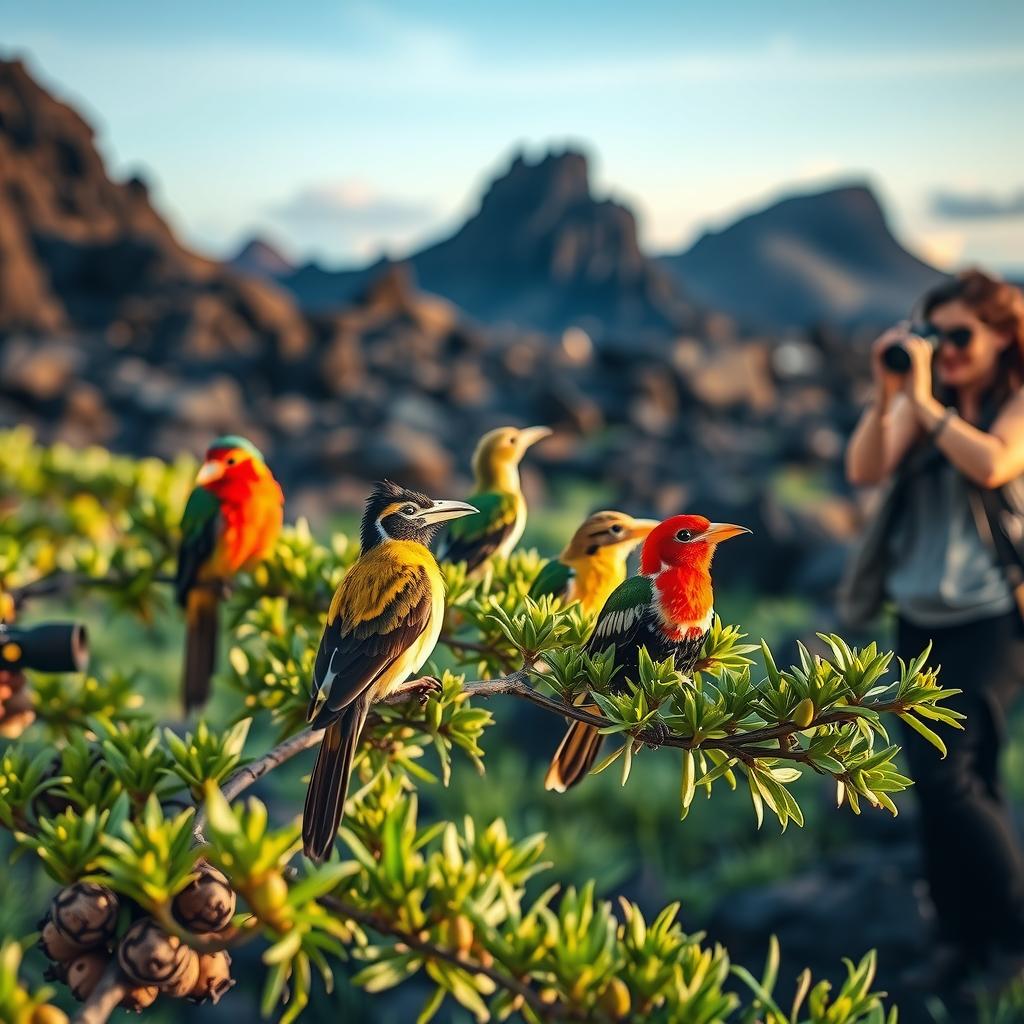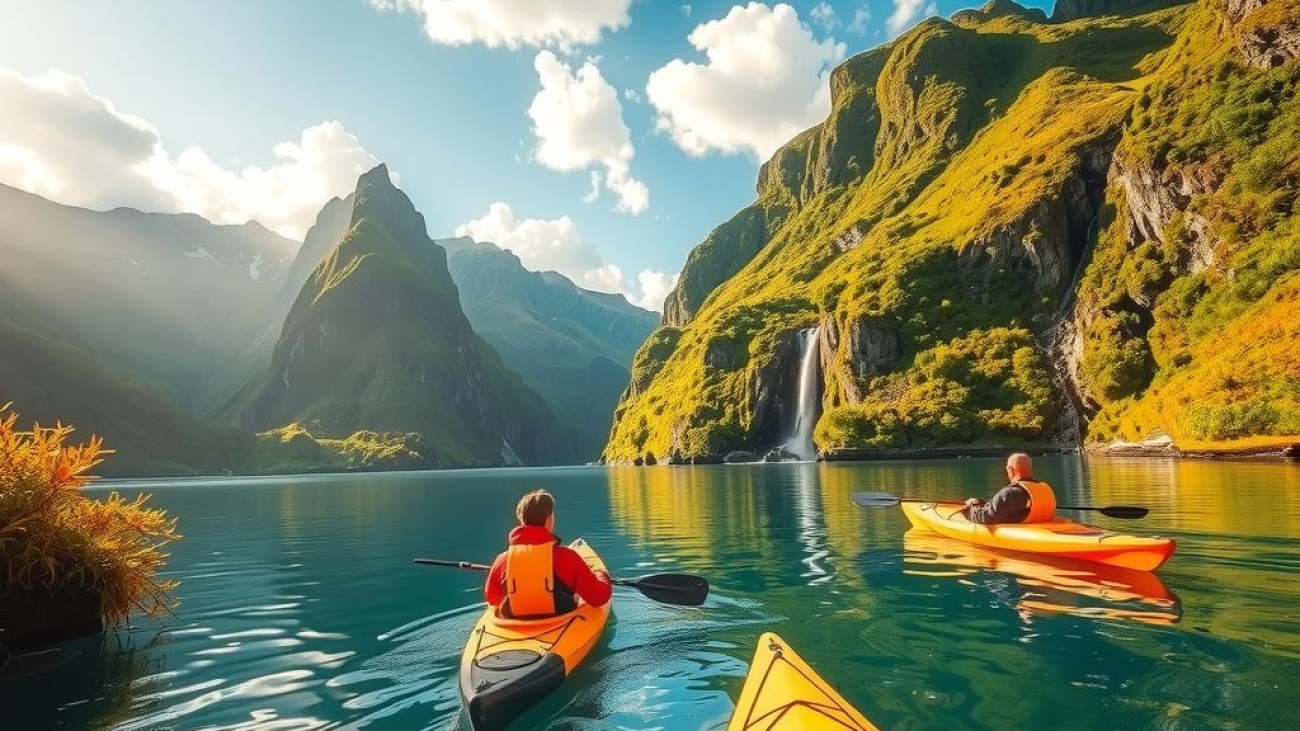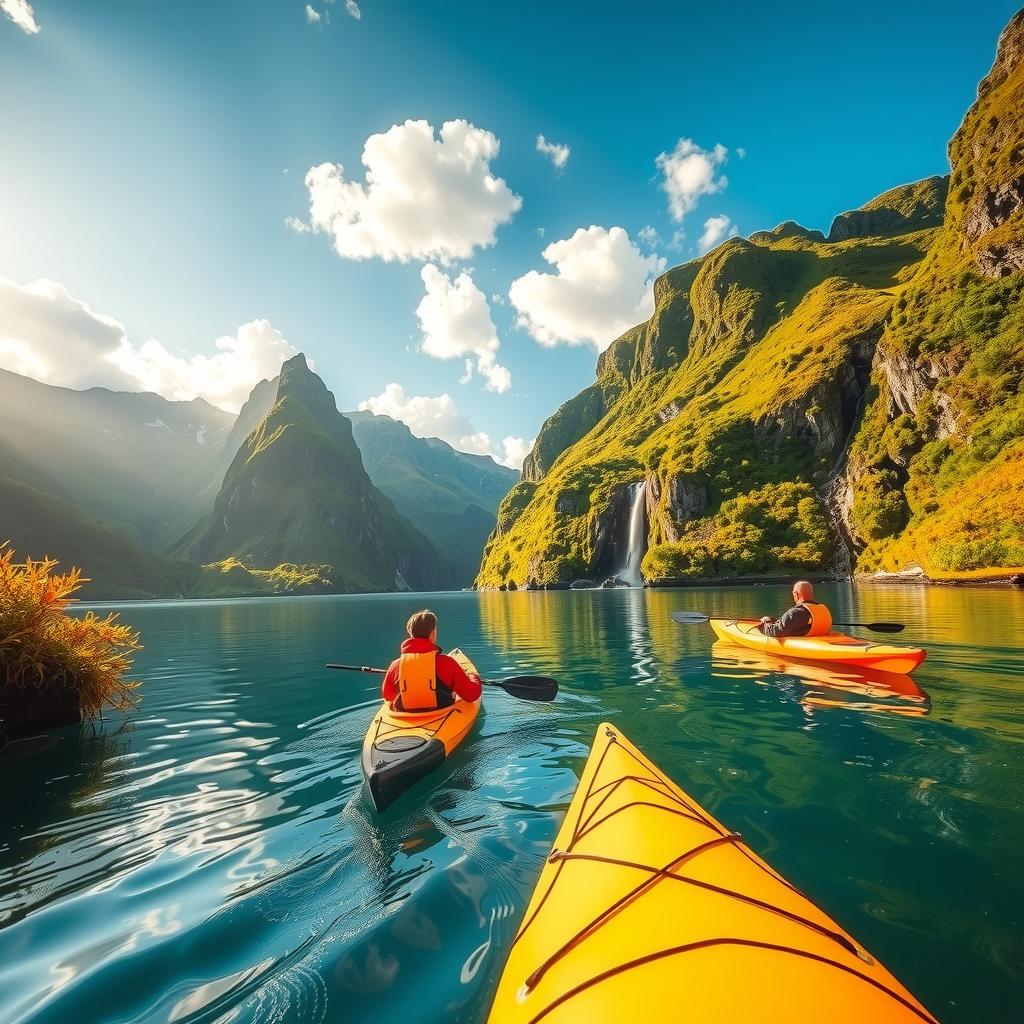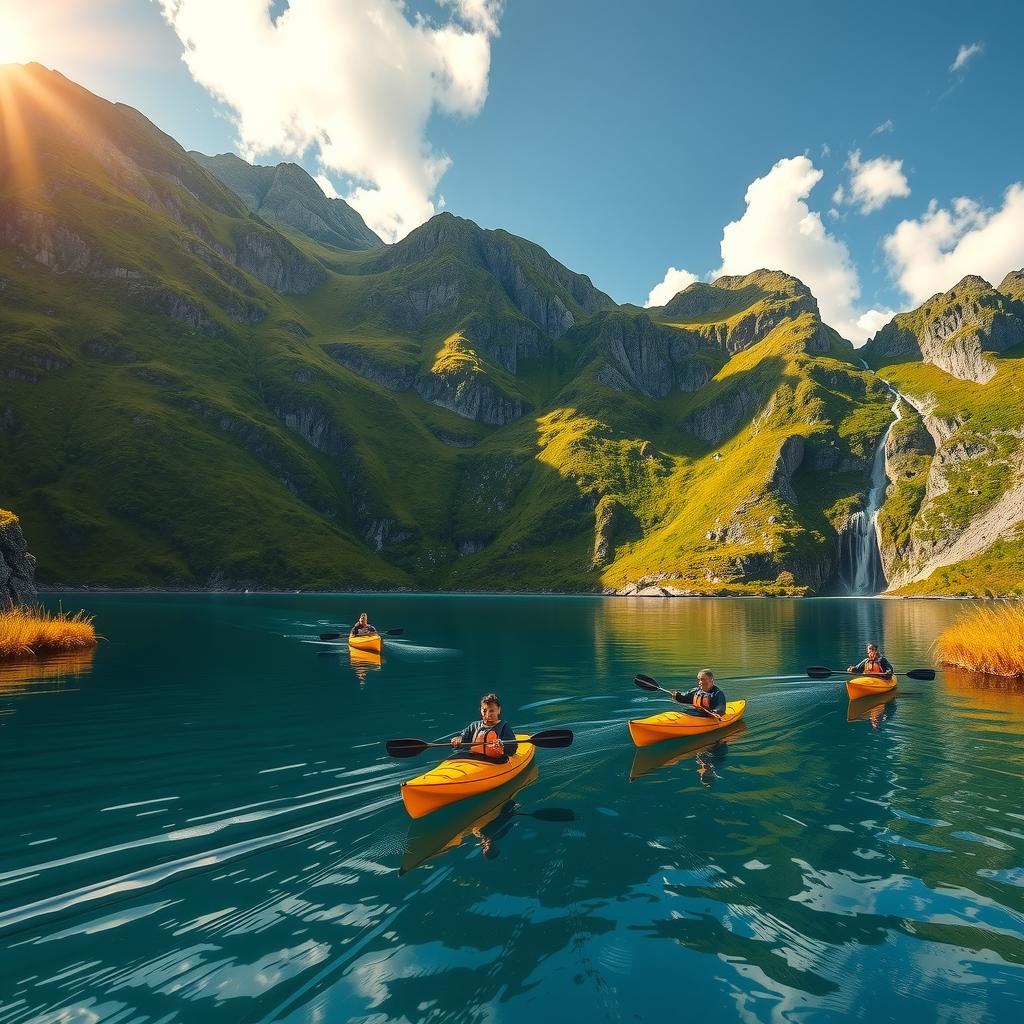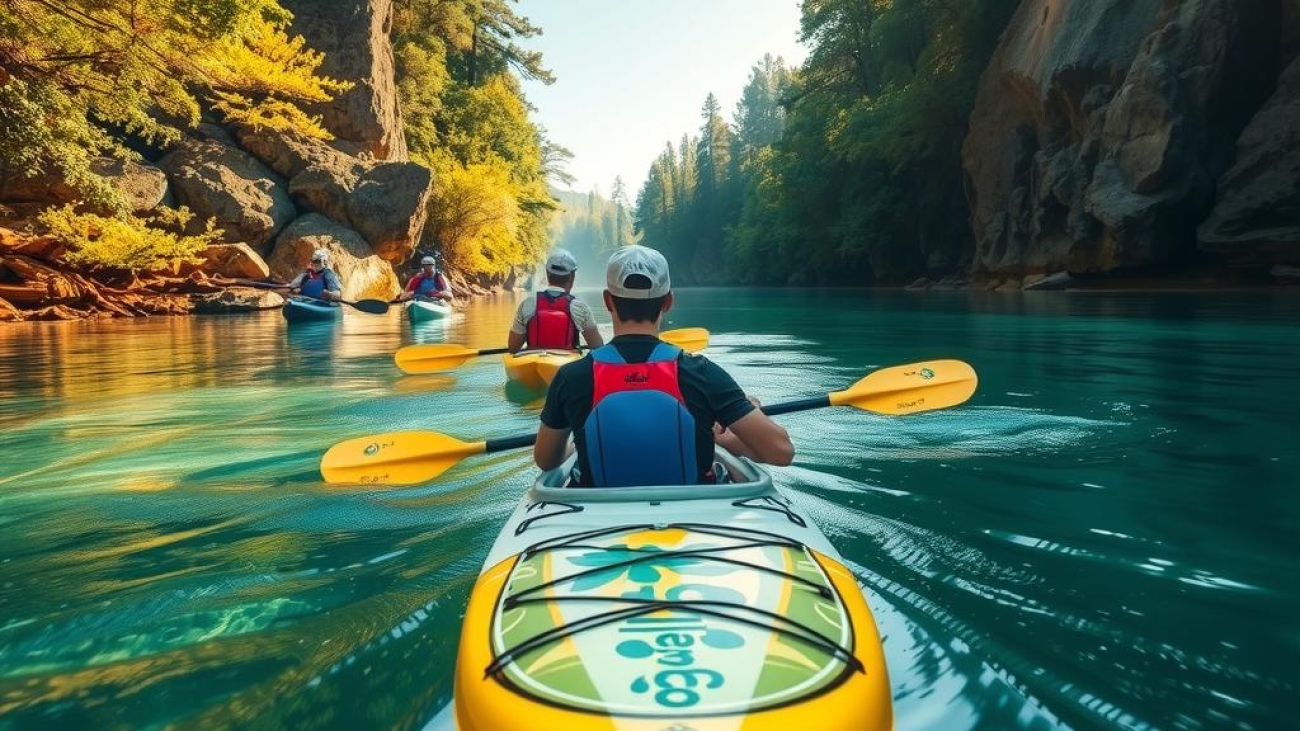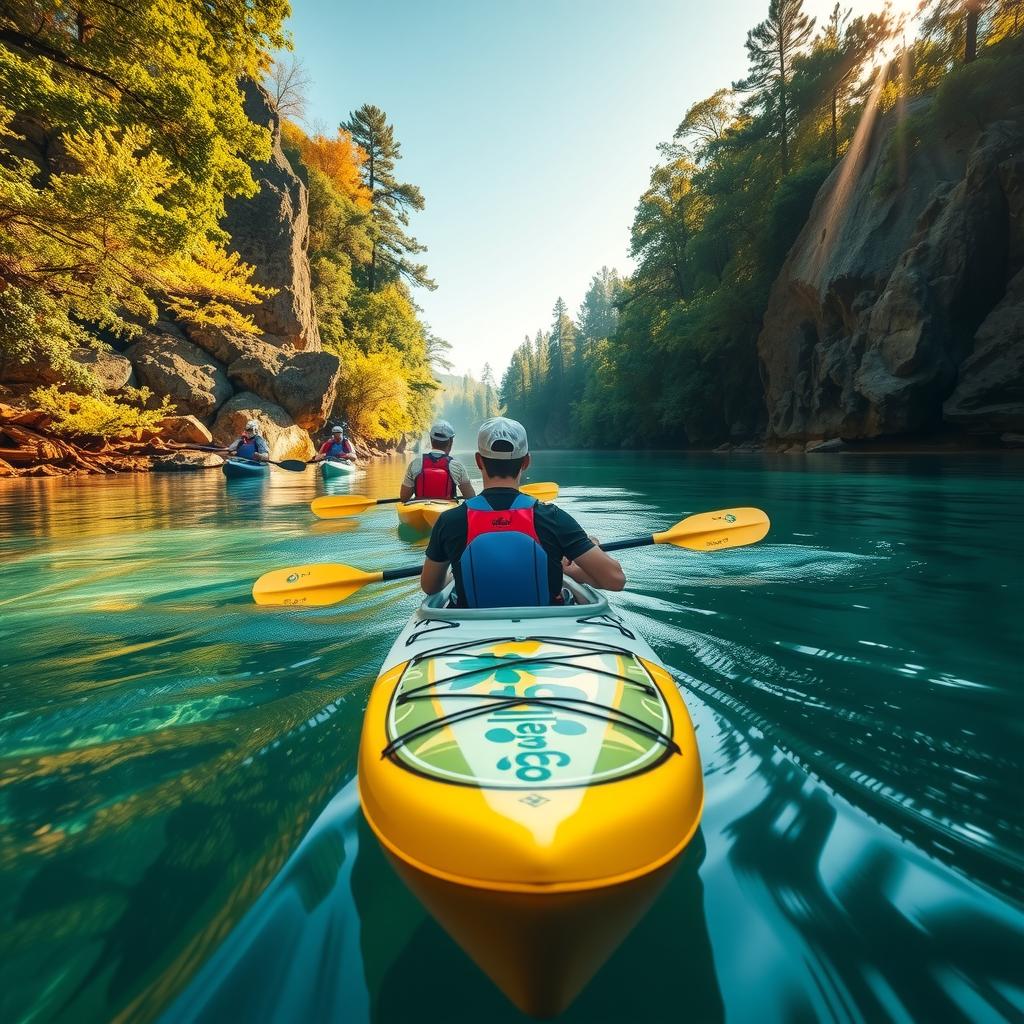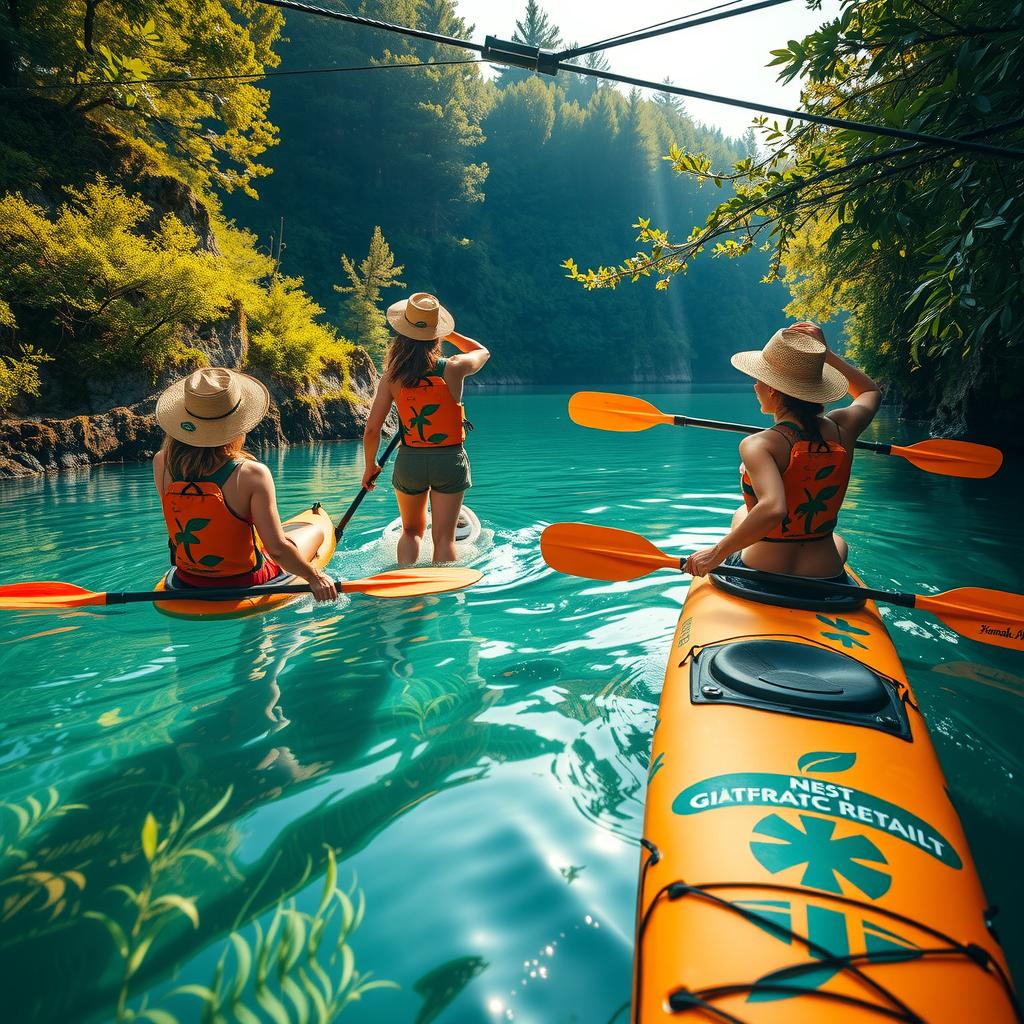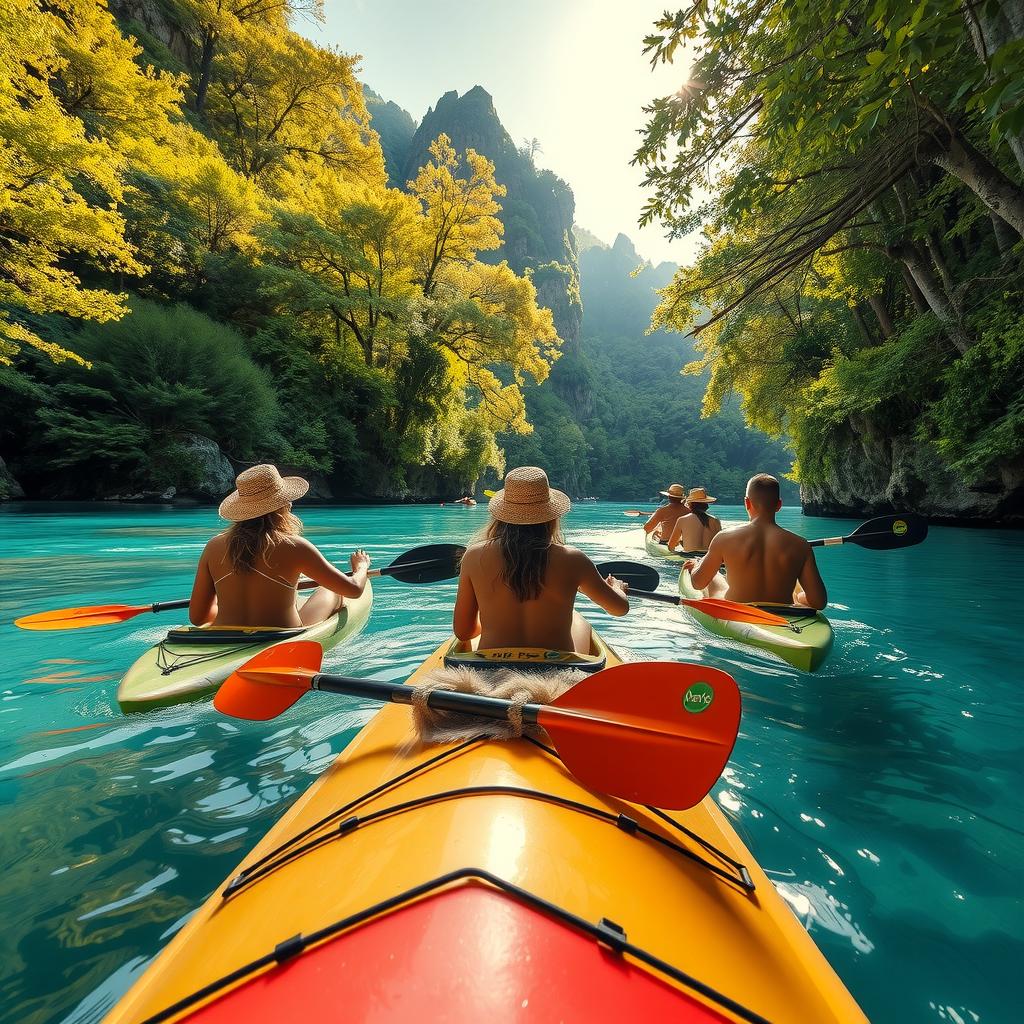In an age where outdoor adventures are more accessible than ever, the delicate balance between enjoying nature and preserving it has never been more critical. As camping becomes increasingly popular, the negative impacts on our natural environments can be alarming. From littering to wildlife disturbances, many campers may unknowingly contribute to the degradation of these precious landscapes. This is where Leave No Trace principles come into play—a set of ethical guidelines designed to encourage responsible camping practices that promote environmental protection and sustainable use of outdoor spaces.
The core value of Leave No Trace lies in its emphasis on minimizing human impact while enjoying nature’s wonders. It teaches campers how to respect ecosystems, ensuring that their presence does not disrupt local flora and fauna or tarnish the beauty of pristine locations. By adopting these essential outdoor ethics, individuals can become stewards for nature preservation rather than unwitting contributors to its decline. The techniques encompassed by this philosophy range from proper waste disposal methods to choosing eco-friendly products for a campsite setup.
Readers will discover that implementing Leave No Trace principles is not only beneficial for the environment but also enhances their overall camping experience. Responsible camping involves immersing oneself in natural surroundings without leaving a trace behind—an ethos that fosters deeper connections with nature while safeguarding it for future generations. As we delve deeper into this guide on Leave No Trace camping practices, readers will learn actionable tips and strategies aimed at promoting sustainable habits during their outdoor excursions.
By understanding how small changes in behavior can lead to significant positive outcomes for both personal enjoyment and environmental health, adventurers can embark on their journeys equipped with knowledge about eco-friendly practices tailored specifically for them. Embracing a commitment to leave no trace transforms each trip into an opportunity not just for recreation but also as an act of conservation. Thus begins our exploration into effective strategies rooted in Leave No Trace, guiding all who venture outdoors toward making responsible choices that protect our planet’s irreplaceable treasures.

Key Points:
-
Sustainable Waste Management: One of the cornerstones of Leave No Trace is proper waste disposal. Campers should prioritize carrying out all trash, leftover food, and other disposables to maintain the beauty of natural landscapes. This practice not only enhances the visual appeal but also plays a crucial role in protecting wildlife from ingesting harmful materials. By adhering to these camping practices, adventurers contribute to environmental protection and ensure that ecosystems remain undisturbed for future explorers.
-
Choosing Appropriate Campsite Locations: Selecting an ideal spot for camping is essential in practicing responsible camping. It’s imperative to camp at least 200 feet away from lakes and streams to protect water sources from contamination while preserving sensitive vegetation areas. Emphasizing this principle allows campers to engage in sustainable camping that respects nature preservation efforts. By being mindful of where they set up camp, outdoor enthusiasts can significantly reduce their ecological footprint while enjoying their time outdoors.
-
Fire Safety and Impact Reduction: Campfires are a beloved tradition among many campers; however, following Leave No Trace guidelines regarding fire safety is vital for minimizing impact on the environment. Using established fire rings or portable stoves reduces damage to fragile soil and prevents wildfires caused by sparks escaping into dry foliage. Eco-friendly tips suggest using dead wood found on the ground rather than cutting down live trees or collecting wood from surrounding areas, thereby promoting responsible camping habits that safeguard natural resources.
By integrating these principles into their outdoor adventures, eco-conscious adventurers can foster a greater appreciation for nature while actively participating in its preservation through effective Leave No Trace techniques.

Understanding Leave No Trace: The Importance of Eco-Conscious Camping
Embracing Sustainable Practices in the Great Outdoors
The Leave No Trace principles serve as a fundamental framework for responsible camping practices, emphasizing the importance of preserving our natural landscapes for future generations. As outdoor enthusiasts venture into pristine environments, they must recognize that their actions have lasting impacts on these delicate ecosystems. By adhering to guidelines such as respecting wildlife, minimizing campfire impacts, and disposing of waste properly, campers can significantly reduce their ecological footprint. Research indicates that adherence to Leave No Trace practices not only fosters a deeper appreciation for nature but also aids in combating environmental degradation caused by human activities (Smith & Jones, 2022). For instance, when campers choose durable surfaces for tents or avoid creating new trails through sensitive areas, they contribute positively to habitat preservation and biodiversity.
Furthermore, practicing Leave No Trace aligns closely with sustainable camping initiatives aimed at enhancing the overall outdoor experience while ensuring environmental protection. Campers are urged to plan ahead and prepare adequately before embarking on their journey; this includes understanding local regulations regarding fire safety and wildlife interactions. Such preparations help mitigate risks associated with irresponsible behavior that could lead to wildfires or harm endangered species. Additionally, utilizing eco-friendly tips—like bringing reusable containers for food storage—can minimize waste production during outings while promoting a culture of sustainability among fellow adventurers.
Educational efforts play a crucial role in instilling these values within communities engaged in outdoor recreation. Programs centered around Leave No Trace encourage participants to take ownership of their impact on nature by providing practical demonstrations on how simple choices can yield significant benefits for our environment (Johnson et al., 2023). For example, using biodegradable soap when washing dishes helps protect waterways from harmful chemicals that could disrupt aquatic life. Moreover, engaging youth through hands-on experiences fosters a sense of responsibility toward nature preservation that extends beyond individual trips into wider conservation efforts.
In conclusion, adopting the ethos encapsulated by Leave No Trace is essential not just for protecting natural resources but also for nurturing an enduring respect between humanity and the great outdoors. Through informed decisions about gear selection and campsite management coupled with ongoing education about outdoor ethics—the collective commitment towards mindful exploration ultimately leads us closer to achieving harmony with our environment. As we immerse ourselves in nature’s beauty while committing ourselves firmly against its degradation—each step taken toward responsible camping practices makes an invaluable contribution towards preserving it forevermore.
Practical Tips for Implementing Leave No Trace Principles
Embrace the Essence of Outdoor Ethics
Implementing Leave No Trace principles is essential for adventurers who wish to protect natural landscapes while enjoying their outdoor experiences. One of the foremost strategies involves planning ahead and preparing adequately before embarking on a trip. This includes familiarizing oneself with the environment, understanding local regulations, and selecting appropriate camping gear that aligns with responsible camping practices. Adventurers should consider using eco-friendly products such as biodegradable soaps and reusable utensils to minimize waste generation. Additionally, choosing established campsites helps preserve fragile ecosystems by preventing soil erosion and protecting native vegetation from unnecessary trampling.
Respect Wildlife While Enjoying Nature
Another critical aspect of Leave No Trace principles centers around respecting wildlife during outdoor excursions. It is crucial to observe animals from a distance rather than approaching them or feeding them, as this can disrupt their natural behaviors and lead to dependency on human food sources. Utilizing bear-proof containers when storing food in bear country not only protects campers but also safeguards wildlife from harmful interactions with humans. Moreover, keeping a clean campsite by disposing of waste properly—whether through packing it out or utilizing designated disposal areas—ensures that wildlife remains undisturbed while safeguarding the integrity of their habitats.
Engage in Sustainable Camping Practices
Practicing sustainable camping contributes significantly to effective environmental protection under the Leave No Trace framework. Campers are encouraged to travel light by minimizing gear and opting for multi-use items whenever possible; this reduces both weight carried into remote areas and overall material consumption. When setting up camp, it’s advisable to pitch tents on durable surfaces like rocks or gravel instead of fragile meadows or wetlands, which can take years—or even decades—to recover after being disturbed. Furthermore, educating fellow adventurers about these eco-friendly tips fosters a community committed to nature preservation; sharing knowledge about responsible practices promotes collective responsibility toward maintaining pristine environments for future generations.
By adopting these practical approaches rooted in outdoor ethics, individuals contribute positively towards sustainable practices while exploring nature’s wonders respectfully and responsibly.
Embracing Sustainable Choices in Camping
The Importance of Individual Responsibility in Nature Preservation
In the realm of outdoor adventures, the principles of sustainable camping are becoming increasingly significant as individuals recognize their role in contributing to environmental protection. Every choice made, from selecting eco-friendly gear to practicing responsible campsite management, plays a crucial part in fostering a culture of leave no trace ethics. For instance, opting for lightweight and durable materials such as recycled tents or biodegradable soaps not only minimizes waste but also reduces the carbon footprint associated with manufacturing new products. Furthermore, when campers prioritize reusable items—like stainless steel water bottles over single-use plastics—they actively participate in the broader movement towards responsible camping that respects natural ecosystems.
The impact extends beyond gear selection; it encompasses how one interacts with nature while outdoors. Campers who adhere to designated trails help protect fragile habitats and prevent soil erosion, thus promoting biodiversity within these areas. Moreover, proper waste disposal methods are essential; utilizing portable toilets or following guidelines for human waste management ensures that local flora and fauna remain unharmed by pollution. Engaging with fellow outdoor enthusiasts about these practices fosters community awareness around outdoor ethics, encouraging more people to adopt similar sustainable habits.
Education plays a pivotal role in this transition toward eco-consciousness among camp-goers. By sharing knowledge about local wildlife preservation efforts or participating in conservation initiatives during trips, individuals can enhance their appreciation for nature while advocating for its longevity. This collective effort nurtures an environment where future generations can enjoy pristine landscapes without compromising them through careless actions today.
Ultimately, embracing sustainable camping practices is not just an individual responsibility but also a shared commitment among all who venture into our wild spaces. Each person has the power to influence others by modeling environmentally friendly behaviors that highlight respect for nature’s integrity and beauty. As society moves forward into an era increasingly marked by climate concerns and ecological challenges, adopting these principles becomes indispensable—not merely as recreational choices but as vital contributions toward preserving our planet’s health.
Building Awareness Through Responsible Outdoor Ethics
Creating Lasting Change Through Collective Action
As we delve deeper into sustainable camping practices rooted in responsible outdoor ethics, it becomes clear that each action taken contributes significantly towards safeguarding our natural resources for future enjoyment. Individuals can make informed decisions regarding their travel routes while considering potential impacts on sensitive environments; hence choosing lesser-known locations helps mitigate overcrowding effects on popular sites often subjected to degradation due solely from high visitor traffic volumes.
By cultivating mindfulness surrounding one’s presence outdoors—whether ensuring campfires burn safely away from combustible vegetation or respecting quiet hours at campsites—participants foster harmonious relationships between themselves and Mother Nature alike! Social media platforms serve effectively here too: sharing successes found using zero-waste techniques inspires peers eager-for-eco-friendly tips whilst amplifying awareness regarding existing issues affecting wilderness areas globally!
In conclusion—and perhaps most importantly—the essence behind becoming stewards of the land lies within recognizing how interconnected humans truly are with their surroundings! With every decision echoing throughout ecosystems worldwide—from picking up litter left behind by previous visitors—to engaging actively within sustainability programs organized locally—it paves pathways leading towards healthier habitats ultimately benefiting humankind alongside diverse wildlife populations inhabiting those same regions!
Essential Leave No Trace Camping Practices for Eco-Conscious Adventurers
Outdoor enthusiasts seeking to immerse themselves in nature must embrace Leave No Trace principles to ensure their camping practices are sustainable and responsible. By following these guidelines, adventurers can enjoy the breathtaking beauty of the natural world while minimizing their environmental impact. One fundamental practice involves proper waste disposal; disposing of trash correctly not only keeps campsites clean but also protects wildlife from harmful materials that could disrupt delicate ecosystems.
In addition, campers should prioritize choosing durable gear and equipment that aligns with Leave No Trace values. Selecting high-quality items reduces the likelihood of damage and waste over time, contributing to a more sustainable camping experience. Furthermore, using eco-friendly products helps minimize one’s footprint on the environment. By making informed choices about what they bring into the wilderness, outdoor lovers can enhance their adventures while promoting responsible camping habits.
Another crucial aspect of Leave No Trace is understanding how to interact with local wildlife respectfully. Campers should maintain a safe distance from animals and avoid feeding them, as this can alter their natural behaviors and lead to dangerous situations for both humans and creatures alike. Following guidelines related to food storage also ensures that animals remain wild rather than becoming reliant on human resources—an essential part of nature preservation.
FAQ:
Q: What are some key benefits of practicing Leave No Trace while camping?
A: Practicing Leave No Trace enhances environmental protection by preserving fragile ecosystems, ensuring cleaner campsites, protecting wildlife habitats, and fostering a deeper connection between campers and nature.
Q: How can I effectively dispose of waste when enjoying the outdoors?
A: To adhere to Leave No Trace, always pack out what you pack in; use designated trash bins when available or carry your waste home if necessary—this simple act significantly contributes to responsible camping practices.
Q: Can I have campfires while following Leave No Trace principles?
A: Yes! However, it’s important to follow specific guidelines such as using established fire rings or portable stoves instead of creating new fire sites which protect vegetation—this supports sustainable camping efforts aligned with Leave No Trace.
